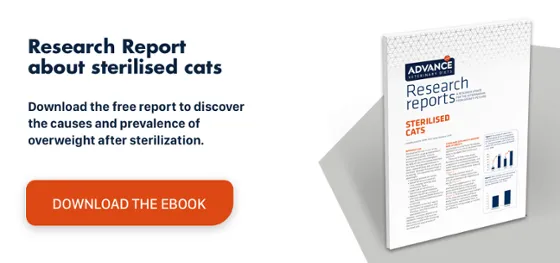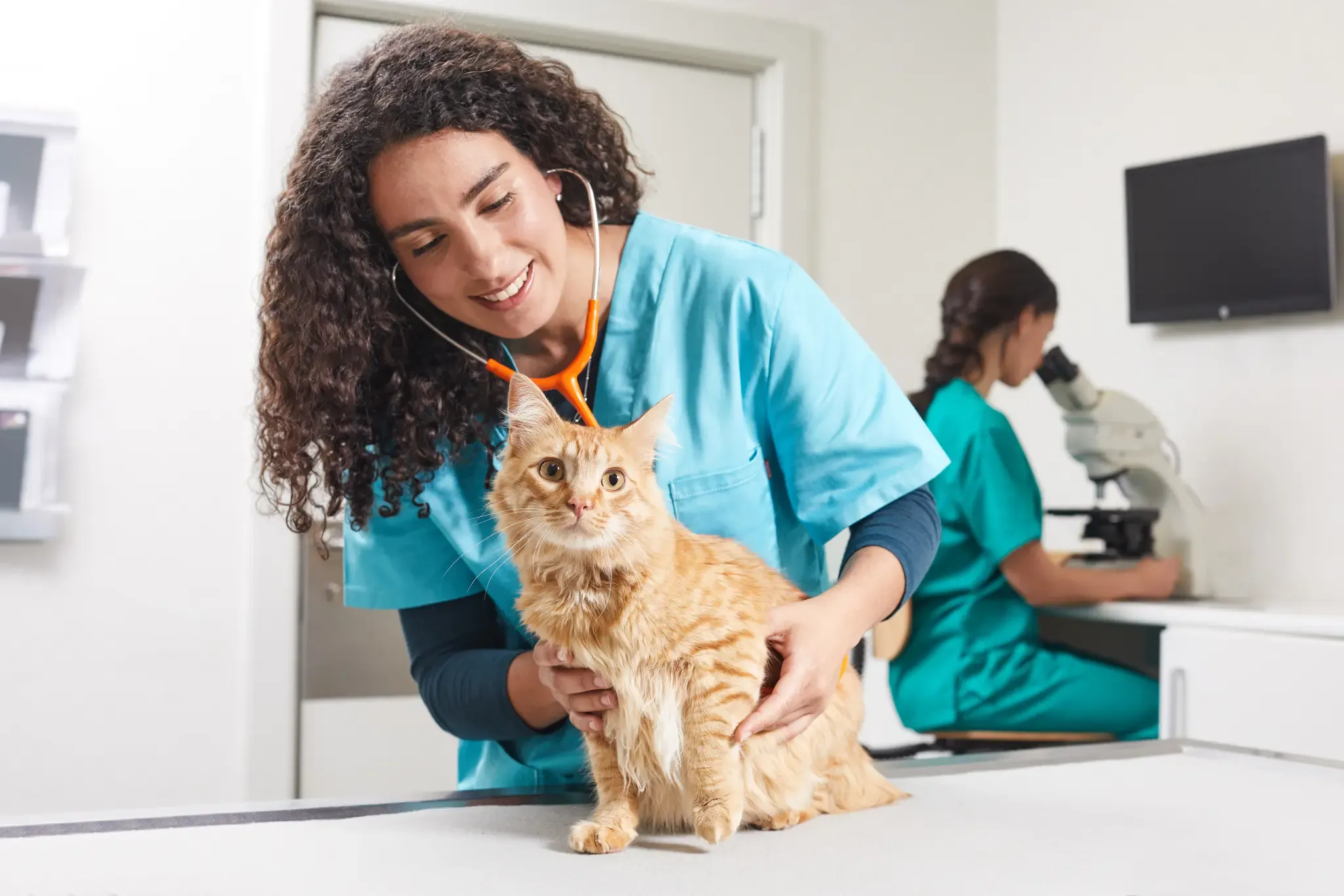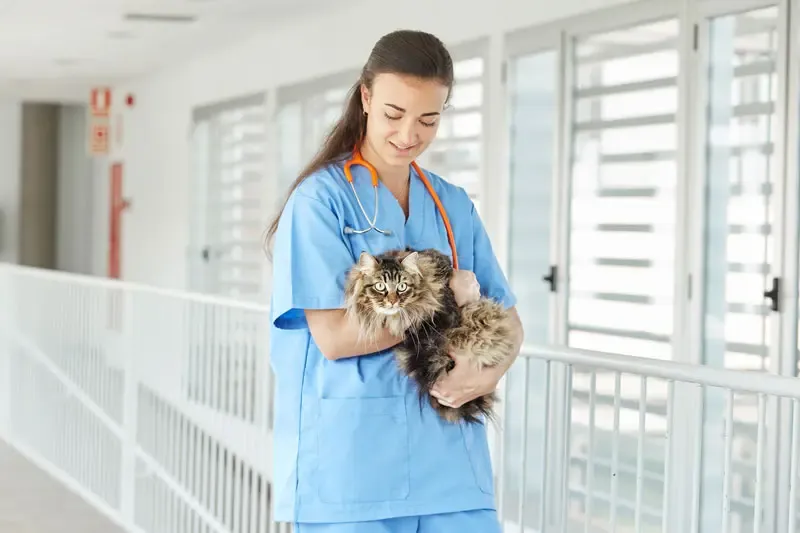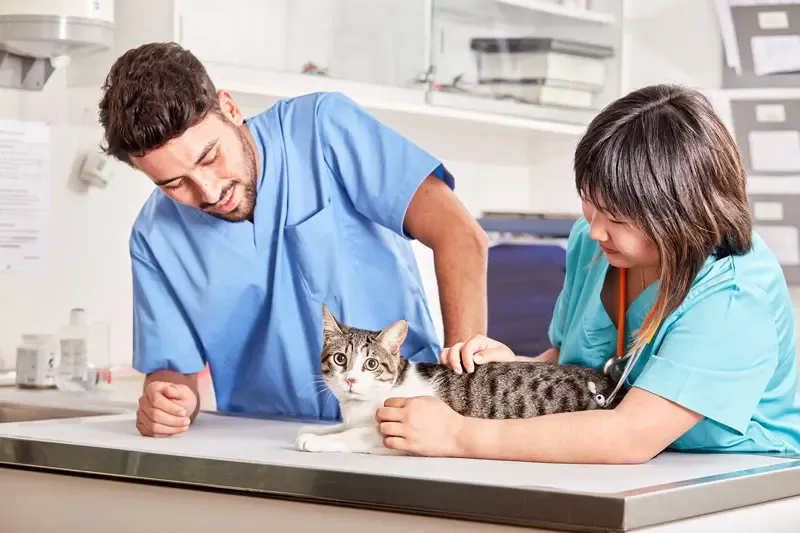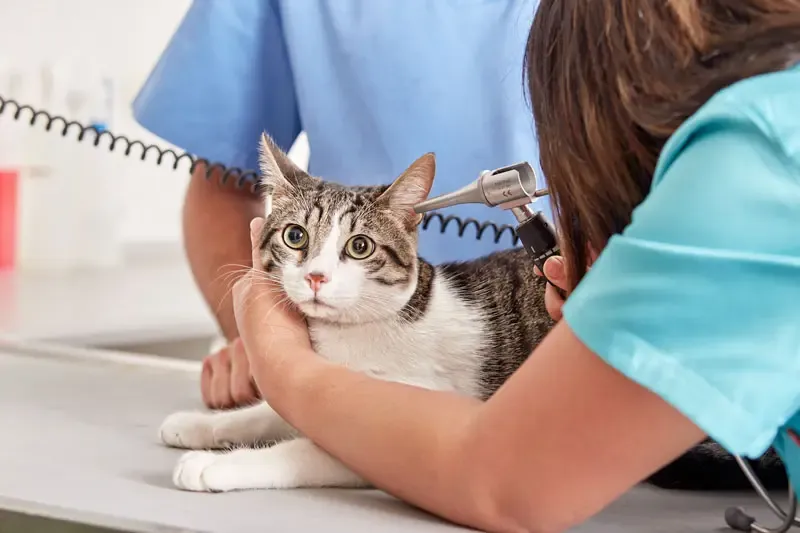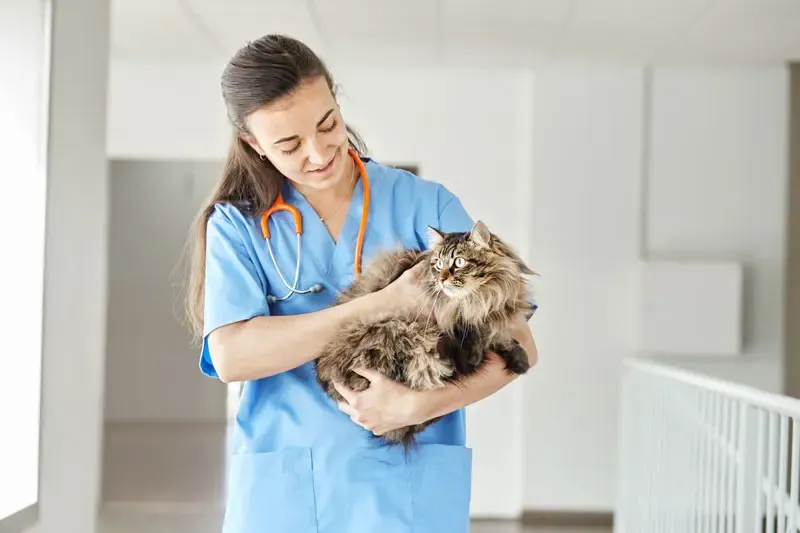Introduction
Clinically, vets rely on creatinine as a diagnostic marker of kidney function more than any other parameter . It must be measured to classify the severity of kidney disease , in both patients with acute kidney injury (AKI) or chronic kidney disease (CKD) .1
Creatinine levels are also considered a prognostic factor in the evolution of kidney disease.2 However, creatinine concentration can be affected by a number of aspects, and these must be examined as well in order to interpret results correctly and establish the implications of finding a high creatinine level in cats.
Why is creatinine used as an indicator of kidney function?
Determination of the glomerular filtration rate (GFR) is currently regarded as the best means of assessing overall kidney function . Unfortunately, none of the techniques available are applicable to routine clinical practice , so various indirect markers of GFR, including creatinine, are used instead .3,4
Creatinine is a small molecule that comes from the cyclisation of creatine phosphate and creatine in skeletal muscle. It is freely filtered in the glomerulus with no tubular reabsorption or secretion phenomena in cats , so it can be used to estimate their GFR. However, at a functional level, creatinine and GFR have an inverse curvilinear relationship. This means that in the early stages of kidney disease, a significant decrease in GFR is not accompanied by a significant increase in creatinine concentration, whereas in advanced stages, small changes in GFR are associated with large increases in creatinine.3-5 In fact, a high creatinine level in cats was traditionally believed to indicate that 75% of renal function had already been lost, which would mean creatinine has a very low sensitivity as an indicator of kidney disease.3,6 However, it is now known that this is not exactly the case because the compensatory phenomena that develop during kidney disease mean that even 13 months after a sudden loss of 75% of functional nephrons the decline in GFR is around 35–60%.4 To increase the diagnostic value of creatinine levels in human medicine, a number of predictive equations have been developed for fairly reliable estimations of GFR based on the creatinine concentration. Attempts to develop similar equations in cats have not been successful to date.7.
How to interpret high creatinine levels in cats
Creatinine concentration can be affected by several extrarenal factors that must be taken into account to interpret the results correctly.
- One of these factors is muscle mass . Very muscular patients may have a higher creatinine concentration than the established norm, so if creatinine is used as the sole indicator of renal function, then it may give a false positive result. Conversely, in patients with a low muscle mass, creatinine underestimates the severity of renal dysfunction.4-6.
- It is known that certain breeds of cats , such as Burmese, Siberian and to a lesser extent Siamese and Somali cats , may have higher creatinine levels than the general population.8
- To avoid false positive diagnoses in cats with a high creatinine level, besides considering other indicators of kidney function (SDMA, urine specific gravity or others), a study of the individual trend of creatinine over time in each patient can prove very useful. While creatinine varies quite significantly across the population, the intraindividual variability is much lower. As such, increases in creatinine levels of more than 17–20%, while still within the established reference range, should be considered clinically significant .4
- At present, nonazotaemic patients whose creatinine level changes by 0.3 mg/dL in less than 48 hours are classified as AKI stage 1.1
- Creatinine concentration increases after ingesting certain foods , so it should be measured on an empty stomach whenever possible.
- Furthermore, like any other indicator of GFR, creatinine increases with dehydration or in patients with a urinary obstruction , even in the absence of intrinsic kidney disease.4 In such cases, before concluding that the cat has kidney disease, these alterations should be corrected, and renal function reassessed.
- It should also be noted that creatinine is usually slightly higher (0.05–0.1 mg/dL) in serum than in plasma , and that haemolysis may increase its concentration depending on the analytical method used, while lipaemia and jaundice can reduce it.5,6
- Lastly, it is worth highlighting that marked variations in creatinine levels have been reported depending on the analytical method and laboratory conducting the test. For the same sample, this variation can be up to 0.57 mg/dL in healthy or mildly azotaemic patients, and up to 1.32 mg/dL in severely azotaemic animals. These differences may be even greater when comparing results obtained with biochemistry analysers used in veterinary clinics.4
Taking all these factors into account, creatinine should be measured in a fasting patient (where possible), in either serum or plasma, but always in the same type of sample, and ideally on the same analyser and applying the same technique .
Conclusions
A high creatinine level in cats may indicate kidney dysfunction. However, if we only have an isolated result (and especially if the patient is asymptomatic), we must proceed with caution and consider all the factors that could lead to a false positive diagnosis.
If AKI is suspected, we can expect to observe significant changes in creatinine levels over a short period of time (hours or days). In cats with CKD, however, regardless of its actual value, the creatinine concentration should remain stable for long periods, unless there is further deterioration of kidney function.
